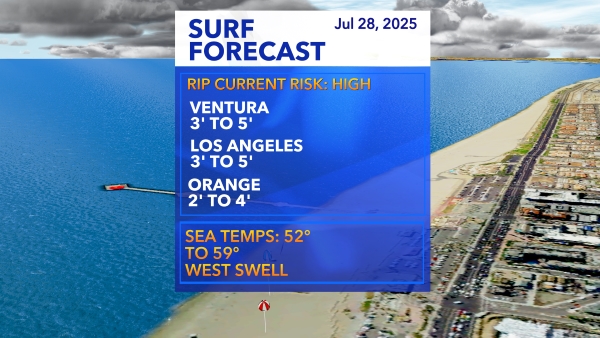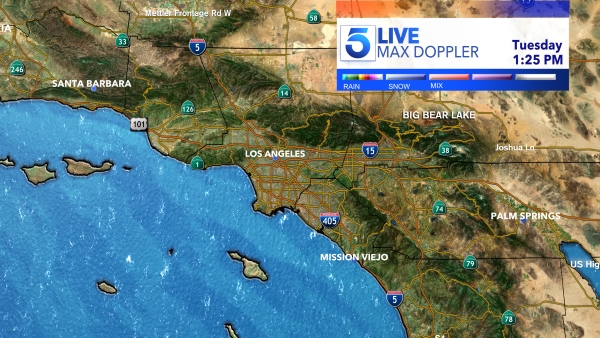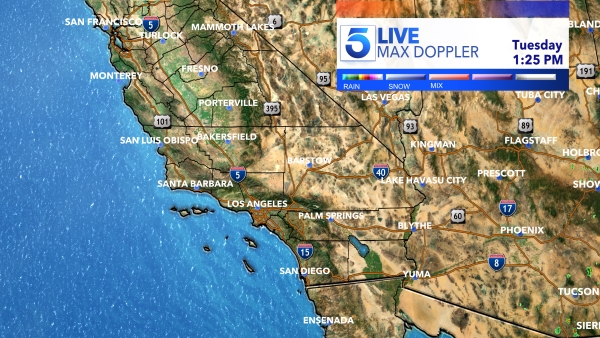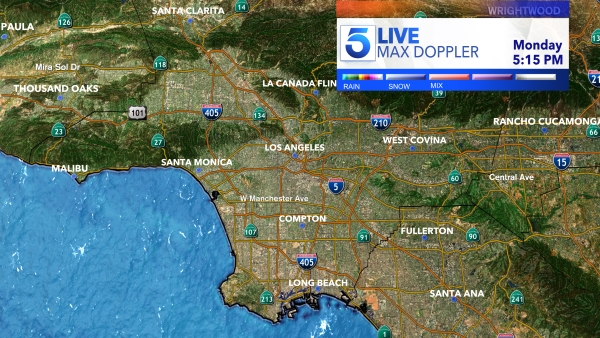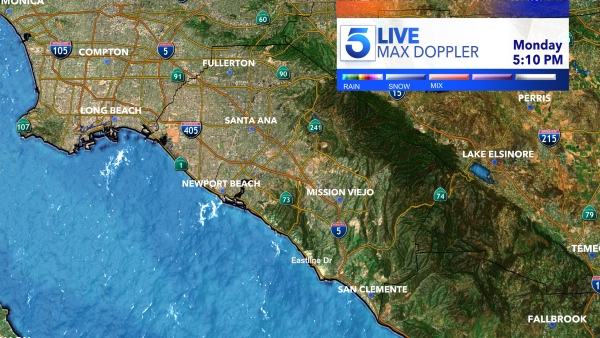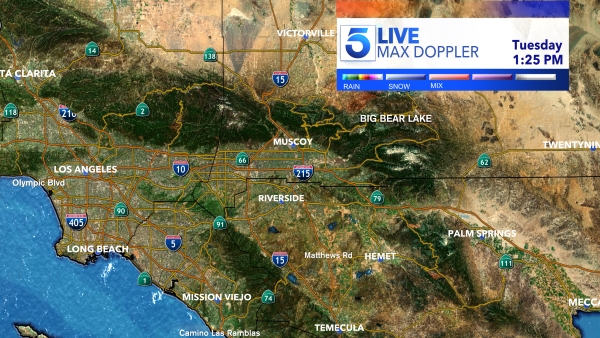A potent atmospheric river barreled toward California on Tuesday, bringing the threat of downpours that could unleash destructive debris flows from wildfire burn scars as well as a heavy dump of snow from blizzard conditions in the Sierra Nevada.
Evacuation orders were in issued in Santa Cruz and San Mateo counties around the area scorched by a complex of wildfires ignited by lightning last August. The state Office of Emergency Services positioned strike teams and task forces in five counties.
“If you have not already heeded local county advice don’t wait any longer. This morning is the time to act and prepare if you’re near a burn area,” the National Weather Service office for the San Francisco Bay Area wrote.
About 200 of the 2,800 households told to evacuate in Santa Cruz County outright refused to leave ahead of Tuesday night’s predicted intense rainfall, Santa Cruz County Sheriff’s Office spokeswoman Ashley Keehn told the Santa Cruz Sentinel.
“When people do that they run the risk of being trapped and of needing help and not being able to get a hold of help because the power’s out and phone lines are down and they can’t get a hold of emergency personnel when they need them,” Keehn said. “If they do get a hold of us but there is an active debris flow in an area, that could physically block our rescue crews from getting in to them.”
Deputies went door-to-door in the evacuation zones and tried to find people staying in evacuation areas who may not have access to phone service and emergency notifications. Those residents who refused to evacuate were asked by deputies to sign a refusal waiver, Keehn said.
The atmospheric river — a huge plume of moisture extending over the Pacific — was expected to be preceded by lighter rain before intensifying Tuesday evening, hitting the North Bay first, then spreading south to Santa Cruz, Monterey and Big Sur.
“Overnight rain late Tuesday and early Wednesday is expected to meet or exceed thresholds for potential debris flow events,” Santa Cruz County tweeted.
Debris flows — torrents carrying massive boulders, soil, trees and other objects — are considered more dangerous than mudslides or landslides. The Jan. 9, 2018, debris flow that blasted the Santa Barbara County community of Montecito killed 23 people.
Flash flood watches were issued for two other Northern California areas scorched by lightning complexes, and snow was forecast to fall as low as the floor of the Sacramento Valley. Travel was more than just discouraged in the mountains above the valley.
The National Weather Service issued a rare blizzard warning for Lake Tahoe and much of the Sierra, forecasting up to 6 feet of snow falling on upper elevations and winds gusting in excess of 100 mph over ridgetops.
Describing it as a potential “life-threatening situation,” the warning was to be in effect from 10 p.m. Tuesday through 4 a.m. Friday for the Tahoe area as far south as Mammoth Lakes, California.
A warning was also issued for widespread high avalanche danger on the eastern slopes of the Sierra because of heavy snow combining with wind from before dawn Wednesday through Friday morning.
“We cannot stress this enough,” the California Department of Transportation tweeted. “If you have not arrived to your destination before sunset tonight, travel to the Sierra is not advised. Heavy snow is on tap and whiteout conditions are expected.”
Meanwhile, icy conditions in mountains north of Los Angeles shut vital Interstate 5 in Tejon Pass until early afternoon. Some truckers tried old narrow mountain roads around the closure and became stuck. In the same region, State Route 58 in Tehachapi Pass reopened at late morning after an overnight closure.
In the Sierra Nevada, the closure of Yosemite National Park was extended to at least Jan. 30. The park sustained heavy damage more than a week ago when it was battered by fierce winds that swept through California before the onset of the current storms.
While the upcoming storm could pose danger, it could help ease dry conditions that have left more than 95% of California experiencing drought.
